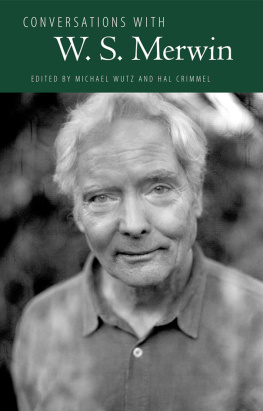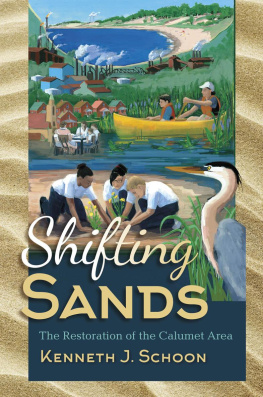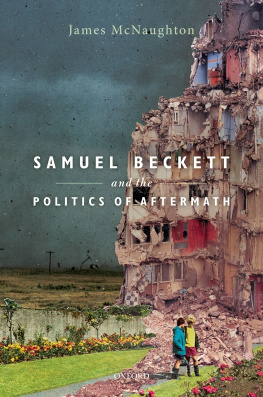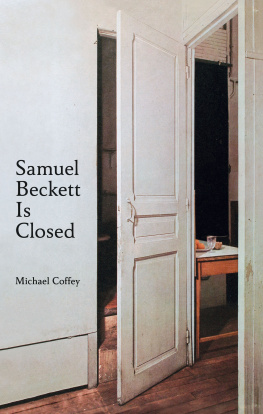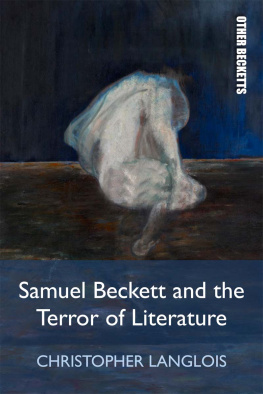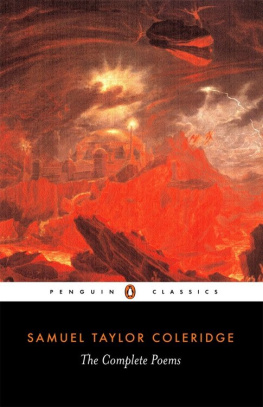Samuel Merwin - Calumet "K"
Here you can read online Samuel Merwin - Calumet "K" full text of the book (entire story) in english for free. Download pdf and epub, get meaning, cover and reviews about this ebook. genre: Prose. Description of the work, (preface) as well as reviews are available. Best literature library LitArk.com created for fans of good reading and offers a wide selection of genres:
Romance novel
Science fiction
Adventure
Detective
Science
History
Home and family
Prose
Art
Politics
Computer
Non-fiction
Religion
Business
Children
Humor
Choose a favorite category and find really read worthwhile books. Enjoy immersion in the world of imagination, feel the emotions of the characters or learn something new for yourself, make an fascinating discovery.

- Book:Calumet "K"
- Author:
- Genre:
- Rating:5 / 5
- Favourites:Add to favourites
- Your mark:
- 100
- 1
- 2
- 3
- 4
- 5
Calumet "K": summary, description and annotation
We offer to read an annotation, description, summary or preface (depends on what the author of the book "Calumet "K"" wrote himself). If you haven't found the necessary information about the book — write in the comments, we will try to find it.
Calumet "K" — read online for free the complete book (whole text) full work
Below is the text of the book, divided by pages. System saving the place of the last page read, allows you to conveniently read the book "Calumet "K"" online for free, without having to search again every time where you left off. Put a bookmark, and you can go to the page where you finished reading at any time.
Font size:
Interval:
Bookmark:
Samuel Merwin and Henry Kitchell Webster
Calumet "K"
CHAPTER I
The contract for the two million bushel grain elevator, Calumet K, had been let to MacBride & Company, of Minneapolis, in January, but the superstructure was not begun until late in May, and at the end of October it was still far from completion. Ill luck had attended Peterson, the constructor, especially since August. MacBride, the head of the firm, disliked unlucky men, and at the end of three months his patience gave out, and he telegraphed Charlie Bannon to leave the job he was completing at Duluth and report at once at the home office.
Rumors of the way things were going at Calumet under the hands of his younger co-laborer had reached Bannon, and he was not greatly surprised when MacBride told him to go to Chicago Sunday night and supersede Peterson.
At ten o'clock Monday morning, Bannon, looking out through the dusty window of the trolley car, caught sight of the elevator, the naked cribbing of its huge bins looming high above the huddled shanties and lumber piles about it. A few minutes later he was walking along a rickety plank sidewalk which seemed to lead in a general direction toward the elevator. The sidewalks at Calumet are at the theoretical grade of the district, that is, about five feet above the actual level of the ground. In winter and spring they are necessary causeways above seas of mud, but in dry weather every one abandons them, to walk straight to his destination over the uninterrupted flats. Bannon set down his hand bag to button his ulster, for the wind was driving clouds of smoke and stinging dust and an occasional grimy snowflake out of the northwest. Then he sprang down from the sidewalk and made his way through the intervening bogs and, heedless of the shouts of the brakemen, over a freight train which was creaking its endless length across his path, to the elevator site.
The elevator lay back from the river about sixty yards and parallel to it. Between was the main line of the C. & S. C, four clear tracks unbroken by switch or siding. On the wharf, along with a big pile of timber, was the beginning of a small spouting house, to be connected with the main elevator by a belt gallery above the C. & S. C. tracks. A hundred yards to the westward, up the river, the Belt Line tracks crossed the river and the C. & S. C. right of way at an oblique angle, and sent two side tracks lengthwise through the middle of the elevator and a third along the south side, that is, the side away from the river.
Bannon glanced over the lay of the land, looked more particularly at the long ranges of timber to be used for framing the cupola, and then asked a passing workman the way to the office. He frowned at the wretched shanty, evidently an abandoned Belt Line section house, which Peterson used for headquarters. Then, setting down his bag just outside the door, he went in.
"Where's the boss?" he asked.
The occupant of the office, a clerk, looked up impatiently, and spoke in a tone reserved to discourage seekers for work.
"He ain't here. Out on the job somewhere."
"Palatial office you've got," Bannon commented. "It would help those windows to have 'em ploughed." He brought his bag into the office and kicked it under a desk, then began turning over a stack of blue prints that lay, weighted down with a coupling pin, on the table.
"I guess I can find Peterson for you if you want to see him," said the clerk.
"Don't worry about my finding him," came from Bannon, deep in his study of the plans. A moment later he went out.
A gang of laborers was engaged in moving the timbers back from the railroad siding. Superintending the work was a squat little man Bannon could not see until near by that he was not a boybig-headed, big-handed, big-footed. He stood there in his shirt-sleeves, his back to Bannon, swearing good-humoredly at the men. When he turned toward him Bannon saw that he had that morning played an unconscious joke upon his bright red hair by putting on a crimson necktie.
Bannon asked for Peterson. "He's up on the framing of the spouting house, over on the wharf there."
"What are you carrying that stuff around for?" asked Bannon.
"Moving it back to make room by the siding. We're expecting a big bill of cribbing. You're Mr. Bannon, ain't you?" Bannon nodded. "Peterson had a telegram from the office saying to expect you."
"You're still expecting that cribbing, eh?"
"Harder than ever. That's most all we've been doing for ten days. There's Peterson, now; up there with the sledge."
Bannon looked in time to see the boss spring out on a timber that was still balancing and swaying upon the hoisting rope. It was a good forty feet above the dock. Clinging to the rope with one hand, with the other Peterson drove his sledge against the side of the timber which swung almost to its exact position in the framing.
"Slack away!" he called to the engineers, and he cast off the rope sling. Then cautiously he stepped out to the end of the timber. It tottered, but the lithe figure moved on to within striking distance. He swung the twenty-four pound sledge in a circle against the butt of the timber. Every muscle in his body from the ankles up had helped to deal the blow, and the big stick bucked. The boss sprang erect, flinging his arms wide and using the sledge to recover his balance. He struck hard once more and again lightly. Then he hammered the timber down on the iron dowel pins. "All right," he shouted to the engineer; "send up the next one."
A few minutes later Bannon climbed out on the framing beside him.
"Hello, Charlie!" said the boss, "I've been looking for you. They wired me you was coming."
"Well, I'm here," said Bannon, "though I 'most met my death climbing up just now. Where do you keep your ladders?"
"What do I want of a ladder? I've no use for a man who can't get up on the timbers. If a man needs a ladder, he'd better stay abed."
"That's where I get fired first thing," said Bannon.
"Why, you come up all right, with your overcoat on, too."
"I had to wear it or scratch up the timbers with my bones. I lost thirty-two pounds up at Duluth."
Another big timber came swinging up to them at the end of the hoisting rope. Peterson sprang out upon it. "I'm going down before I get brushed off," said Bannon.
"I'll be back at the office as soon as I get this corbel laid."
"No hurry. I want to look over the drawings. Go easy there," he called to the engineer at the hoist; "I'm coming down on the elevator." Peterson had already cast off the rope, but Bannon jumped for it and thrust his foot into the hook, and the engineer, not knowing who he was, let him down none too gently.
On his way to the office he spoke to two carpenters at work on a stick of timber. "You'd better leave that, I guess, and get some four-inch cribbing and some inch stuff and make some ladders; I guess there's enough lying 'round for that. About four'll do."
It was no wonder that the Calumet K job had proved too much for Peterson. It was difficult from the beginning. There was not enough ground space to work in comfortably, and the proper bestowal of the millions of feet of lumber until time for it to be used in the construction was no mean problem. The elevator was to be a typical "Chicago" house, built to receive grain from cars and to deliver it either to cars or to ships. As has been said, it stood back from the river, and grain for ships was to be carried on belt conveyors running in an inclosed bridge above the railroad tracks to the small spouting house on the wharf. It had originally been designed to have a capacity for twelve hundred thousand bushels, but the grain men who were building it, Page & Company, had decided after it was fairly started that it must be larger; so, in the midst of his work, Peterson had received instructions and drawings for a million bushel annex. He had done excellent workwork satisfactory even to MacBride & Companyon a smaller scale, and so he had been given the opportunity, the responsibility, the hundreds of employees, the liberal authority, to make what he could of it all.
Font size:
Interval:
Bookmark:
Similar books «Calumet "K"»
Look at similar books to Calumet "K". We have selected literature similar in name and meaning in the hope of providing readers with more options to find new, interesting, not yet read works.
Discussion, reviews of the book Calumet "K" and just readers' own opinions. Leave your comments, write what you think about the work, its meaning or the main characters. Specify what exactly you liked and what you didn't like, and why you think so.

